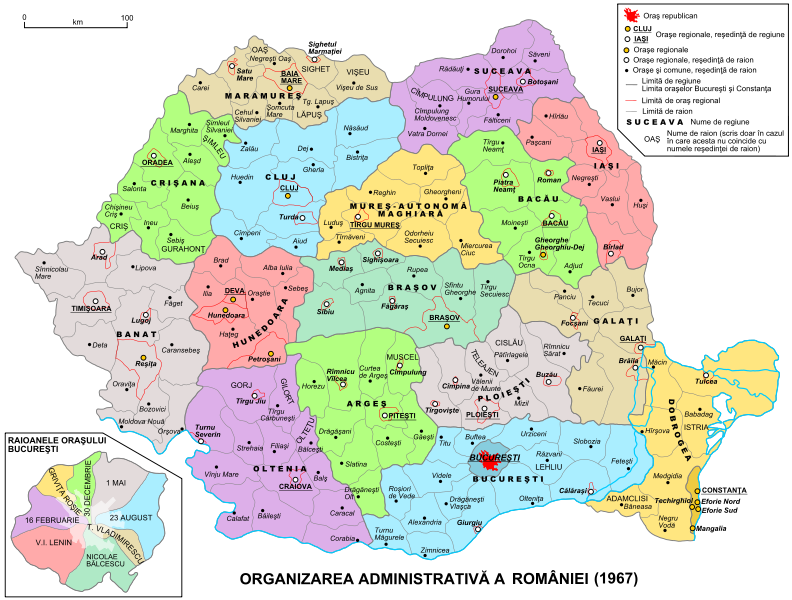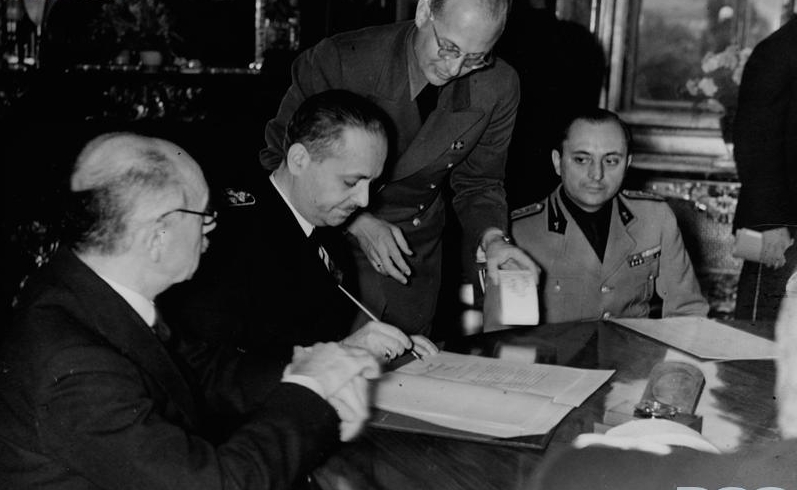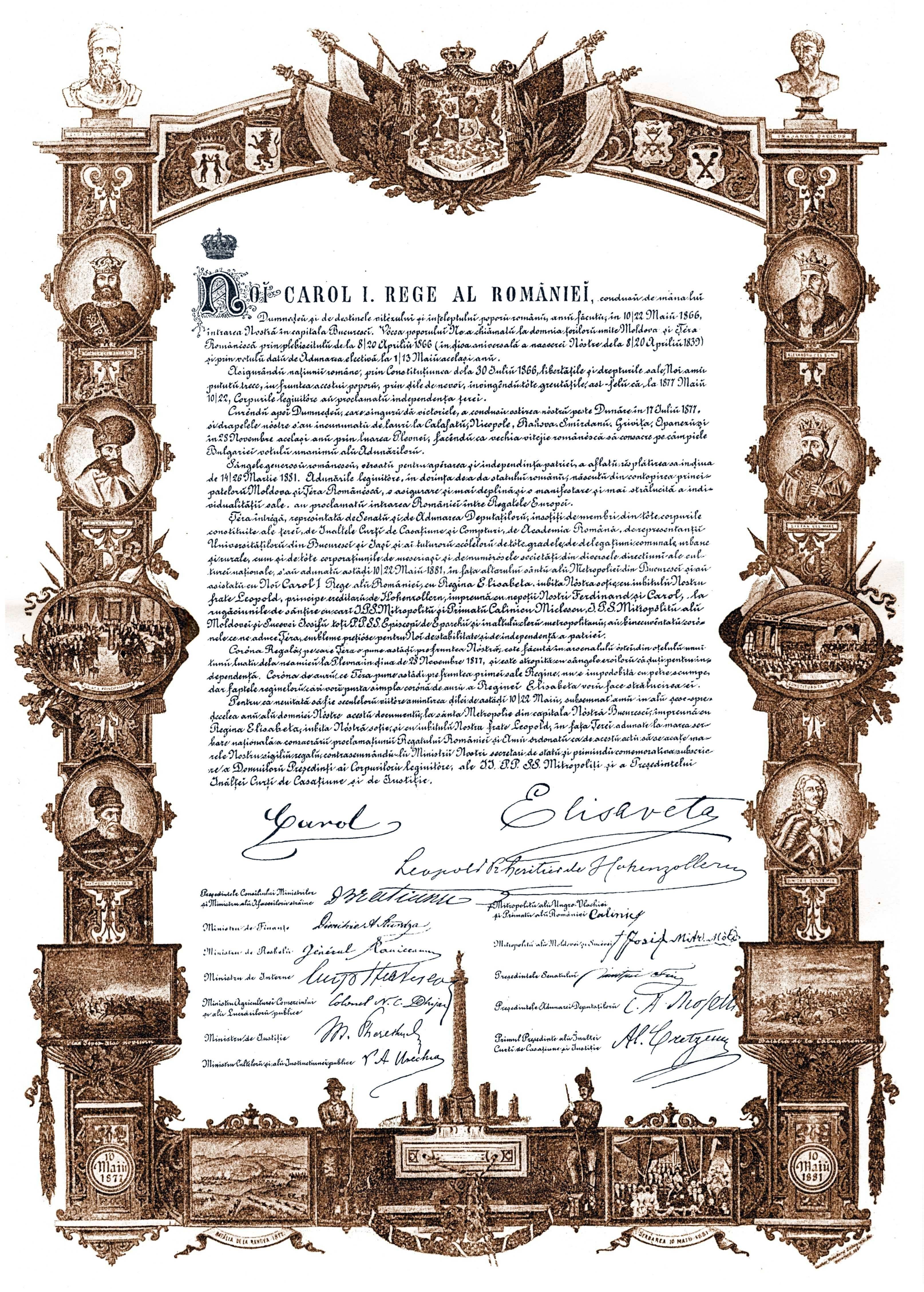|
Ghimeș-Făget
Ghimeș-Făget (, pronounced: , or sometimes ''Nagy-Gyimes'') is a Commune in Romania, commune in Bacău County, Romania. It is the only commune in the county that lies in the historical region of Transylvania. The commune, the seat of which is the village of Făget, is composed of six villages: Bolovăniș (''Bálványospataka''), Făget (''Bükk''), Făgetu de Sus (''Felsőbükk''), Ghimeș (''Gyimes''), Răchitiș (''Rakottyástelep''), and Tărhăuși (''Tarhavaspataka''). History The village was part of the Székely Land region of the historical Transylvania province. It was first mentioned in 1600 as ''Gijmes''. The area of the commune belonged to Csíkszék until the administrative reform of Transylvania in 1876, when it fell within the Csík County of the Kingdom of Hungary. During that time, it was a border village between Hungary and Romania and as such, it had an important and large railway station designed by Hungarian architect Ferenc Pfaff. The main building of t ... [...More Info...] [...Related Items...] OR: [Wikipedia] [Google] [Baidu] |
Ferenc Pfaff
Ferenc Pfaff (born Franz Pfaff; 19 November 1851 – 21 August 1913) was a Hungarian chief architect of the MÁV and professor at the Budapest University of Technology and Economics. Early life and education Pfaff was born on 19 November 1851 in Mohács, Kingdom of Hungary. Following the early death of his father, he was raised by his mother. He completed secondary education before locally enrolling in 1871 at the József Nádor Technical University in Budapest (now Budapest University of Technology and Economics), one of the earliest institutions granted full university status for technical education worldwide. Under the guidance of architect Imre Steindl, Pfaff studied architecture in the university's Engineering Department. Pfaff actively participated in the university’s summer architectural survey camps, gaining practical experience early in his career. After graduating in 1880, he remained at the university as an assistant professor and later as a private tutor, working c ... [...More Info...] [...Related Items...] OR: [Wikipedia] [Google] [Baidu] |
Bacău County
Bacău County () is a county (județ) of Romania, in Western Moldavia, with its capital city at Bacău. It has one commune, Ghimeș-Făget, in Transylvania. Geography This county has a total area of . In the western part of the county there are mountains from the Divisions of the Carpathians, Eastern Carpathian group. Here, along the valleys of the Oituz (river), Oituz River and Trotuș, Trotuș River, there are two important links between Moldavia and Transylvania. On the East side, the heights decrease and the lowest point can be found on the Siret River valley which crosses the county from North to South down the middle. On the East side there is the Moldavian Plateau crossed by many small rivers. Flora and fauna Bears, wolves, foxes, wild boars, and squirrels inhabit Bacău County's mountains, particularly in its rural Slănic-Moldova region; the remnants of the local deer are preserved in Mănăstirea Cașin. Neighbours *Vaslui County in the East. *Harghita County and C ... [...More Info...] [...Related Items...] OR: [Wikipedia] [Google] [Baidu] |
Northern Front Of The Battle Of Transylvania
On 27 August 1916, Romania entered World War I on the side of the Allies, three of its armies invading Transylvania. The First Army (Romania), 1st and Second Army (Romania), 2nd Armies invaded the southern part, while the Romanian North Army invaded the northeastern part. Unlike the 1st and 2nd Armies – which had to contend with a German-led counter-offensive (First Battle of Petrozsény, Battle of Brassó (1916), Battle of Brassó) – the North Army faced primarily Austro-Hungarian forces, and as such its campaign hardly had any major battles. After conquering three Hungarian urban districts (including two Counties of Hungary (before 1920), county capitals), the undefeated North Army was ordered to withdraw due to events outside its control, after inflicting heavier losses than those it had incurred. Background The North Army had to cross the greatest distance to accomplish its mission, and as such it had a greater number of soldiers than either of the two other Romanian armies ... [...More Info...] [...Related Items...] OR: [Wikipedia] [Google] [Baidu] |
Commune In Romania
A commune (''comună'' in Romanian language, Romanian) is the lowest level of administrative subdivision in Romania. There are 2,686 communes in Romania. The commune is the rural subdivision of a Counties of Romania, county. Urban areas, such as towns and cities within a county, are given the status of ''Cities in Romania, city'' or ''Municipality in Romania, municipality''. In principle, a commune can contain any size population, but in practice, when a commune becomes relatively urbanised and exceeds approximately 10,000 residents, it is usually granted city status. Although cities are on the same administrative level as communes, their local governments are structured in a way that gives them more power. Some urban or semi-urban areas of fewer than 10,000 inhabitants have also been given city status. Each commune is administered by a mayor (''primar'' in Romanian). A commune is made up of one or more villages which do not themselves have an administrative function. Communes ... [...More Info...] [...Related Items...] OR: [Wikipedia] [Google] [Baidu] |
Hungarians In Romania
The Hungarian minority of Romania (, ; ) is the largest Minorities of Romania, ethnic minority in Romania. As per the 2021 Romanian census, 1,002,151 people (6% of respondents) declared themselves Hungarian, while 1,038,806 people (6.3% of respondents) stated that Hungarian language, Hungarian was their mother tongue. Most Hungarians, ethnic Hungarians of Romania live in areas that were parts of Hungary before the Treaty of Trianon of 1920. Encompassed in a region known as Transylvania, the most prominent of these areas is known generally as Székely Land (; ), where Hungarians comprise the majority of the population. Transylvania, in the larger sense, also includes the historic regions of Banat, Crișana and Maramureș. There are forty-one counties of Romania; Hungarians form a large majority of the population in the counties of Harghita County, Harghita (85.21%) and Covasna County, Covasna (73.74%), and a large percentage in Mureș County, Mureș (38.09%), Satu Mare Count ... [...More Info...] [...Related Items...] OR: [Wikipedia] [Google] [Baidu] |
2011 Romanian Census
The 2011 Romanian census was a census held in Romania between 20 and 31 October 2011. It was performed by some 120,000 census takers in around 101,000 statistic sectors throughout the country established by the National Institute of Statistics (INS) of Romania. Preparations started already in 2009, and it was announced that the process would not end until 2014. Anyone who did not answer questions in the census questionnaire would be fined between 1,500 and 4,500 Romanian lei, although 4 of the 100 questions related to the respondent's ethnicity, mother language, religion, and possible disabilities were not mandatory. Preliminary results were released once on 2 February 2012 and again on 20 August 2012. The final definitive result of the census came out on 4 July 2013, showing that, among other things, Romania had lost 1,559,300 people since the 2002 census, consequently having 20,121,641 inhabitants. Some people like sociologist Vasile Ghețău, director of the Center of Demog ... [...More Info...] [...Related Items...] OR: [Wikipedia] [Google] [Baidu] |
Bacău Region
Bacău Region (Regiunea Bacău) was one of the newly established (in 1950) administrative divisions of the People's Republic of Romania, copied after the Soviet style of territorial organisation. History The capital of the region was Bacău, and its territory comprised an area similar to the nowadays Bacău and Neamț counties. In 1956 the region included the Zeletin and Adjud raions from the dissolved Bârlad Region and the Roman Raion from Iași Region. In 1960 the Zeletin Raion was dissolved, most of the component communes passing to Adjud Raion, and in 1964 Buhuși Raion was dissolved, and all its communes were included into Bacău and Piatra Neamț raions. Neighbors Bacău Region had as neighbors: *1950–1952: East: Iași Region and Bârlad Region; South: Putna Region and Stalin Region; West: Mureș Region; North: Suceava Region. *1952–1956: East: Iași Region; South: Bârlad Region; West: Magyar Autonomous Region; North: Suceava Region. *1956–1968: East: Ia ... [...More Info...] [...Related Items...] OR: [Wikipedia] [Google] [Baidu] |
Northern Transylvania
Northern Transylvania (, ) was the region of the Kingdom of Romania that during World War II, as a consequence of the August 1940 territorial agreement known as the Second Vienna Award, became part of the Kingdom of Hungary (1920-1946), Kingdom of Hungary. With an area of , the population was largely composed of both ethnic Romanians and Hungarians. In October 1944, Soviet Union, Soviet and Romanian Land Forces, Romanian forces gained control of the territory, and by March 1945 Northern Transylvania returned to Romanian administration. After the war, this was confirmed by the Paris Peace Treaties, 1947, Paris Peace Treaties of 1947. Background Transylvania has a varied history. Once part Kingdom of Kingdom of Dacia (82 BC–106 AD), in 106 AD, the Roman Empire conquered the territory, after the Roman legions withdrew in 271 AD, it was overrun by a succession of various tribes such as Carpi (people), Carpi, Visigoths, Huns, Gepids, Pannonian Avars, Avars, and Slavs, in the 9t ... [...More Info...] [...Related Items...] OR: [Wikipedia] [Google] [Baidu] |
Second Vienna Award
The Second Vienna Award was the second of two territorial disputes that were arbitrated by Nazi Germany and the Kingdom of Italy. On 30 August 1940, they assigned the territory of Northern Transylvania, including all of Maramureș and part of Crișana, from the Kingdom of Romania to the Kingdom of Hungary (1920–46), Kingdom of Hungary. Background After World War I, the multiethnic Lands of the Crown of Saint Stephen, Kingdom of Hungary was divided by the 1920 Treaty of Trianon to form several new nation states, but Hungary noted that the new state borders did not follow ethnic boundaries. The new nation state of Hungary was about a third the size of prewar Hungary, and millions of ethnic Hungarians were left outside the new Hungarian borders. Many historically-important areas of Hungary were assigned to other countries, and the distribution of natural resources was uneven. The various non-Hungarian populations generally saw the treaty as justice for their historically-margina ... [...More Info...] [...Related Items...] OR: [Wikipedia] [Google] [Baidu] |
Ciuc County
Ciuc County is a historical county ( Romanian: ''județ'') in the Kingdom of Romania. Its capital was Miercurea Ciuc. Its name was derived from the former county of the Kingdom of Hungary, Csík. History Prior to World War I, the territory of the county belonged to Austria-Hungary and was identical with the Csík County of the Kingdom of Hungary. The territory of Ciuc County was transferred to Romania from Hungary as successor state to Austria-Hungary in 1920 under the Treaty of Trianon. After the administrative unification law in 1925, the name of the county remained as it was, but the territory was reorganized. In 1938, King Carol II promulgated a new Constitution, and subsequently he had the administrative division of the Romanian territory changed. 10 ''ținuturi'' (approximate translation: "lands") were created (by merging the counties) to be ruled by ''rezidenți regali'' (approximate translation: "Royal Residents") - appointed directly by the King - instead of the prefe ... [...More Info...] [...Related Items...] OR: [Wikipedia] [Google] [Baidu] |
Plasă
''Plasă'' (, plural ''plăși'' ) was a territorial division unit of Romania, ranking below county ('' județ'') and above commune. It was headed by a '' Pretor'', appointed by the county Prefect. The institution headed by the Pretor was called ''Pretură''. The division of counties into ''plăși'' was used starting from the rule of Carol I as '' Domnitor'', throughout the existence of a Romanian Kingdom, and during the first two years of the Romanian People's Republic, until they were replaced in 1950 by raions, following the Soviet The Union of Soviet Socialist Republics. (USSR), commonly known as the Soviet Union, was a List of former transcontinental countries#Since 1700, transcontinental country that spanned much of Eurasia from 1922 until Dissolution of the Soviet ... system. In 1938, the country's 71 ''județe'' were divided into 429 ''plăși''. Petre Mihai Băcanu"Cum ar trebui să arate harta redesenată a României?" March 11, 2010; accessed February 17, ... [...More Info...] [...Related Items...] OR: [Wikipedia] [Google] [Baidu] |
Kingdom Of Romania
The Kingdom of Romania () was a constitutional monarchy that existed from with the crowning of prince Karl of Hohenzollern-Sigmaringen as King of Romania, King Carol I of Romania, Carol I (thus beginning the Romanian royal family), until 1947 with the abdication of King Michael I of Romania, Michael I and the Romanian parliament's proclamation of the Socialist Republic of Romania, Romanian People's Republic. From 1859 to 1877, Romania evolved from a personal union of two Principality, principalities: (Moldavia and Wallachia) called the Unification of Moldavia and Wallachia also known as "The Little Union" under a single prince to an autonomous principality with a House of Hohenzollern, Hohenzollern monarchy. The country gained its independence from the Ottoman Empire during the Russo-Turkish War (1877–1878), 1877–1878 Russo-Turkish War (known locally as the Romanian War of Independence), after which it was forced to cede the southern part of Bessarabia in exchange for Northern ... [...More Info...] [...Related Items...] OR: [Wikipedia] [Google] [Baidu] |







